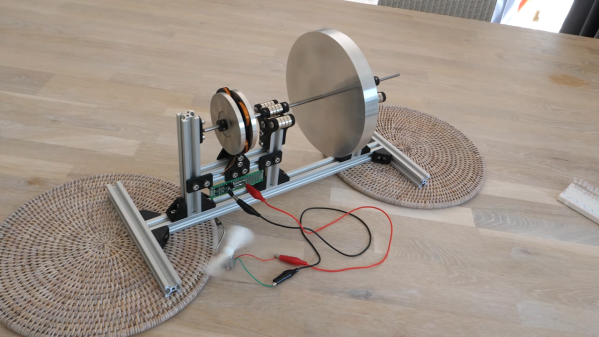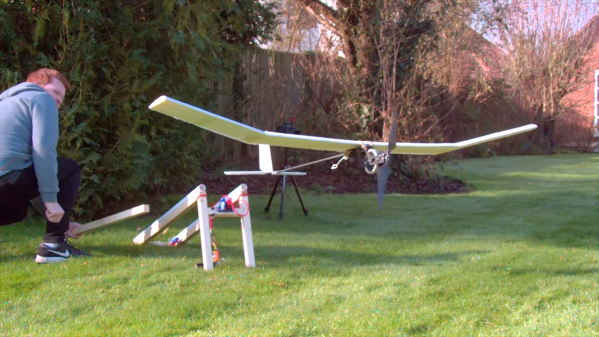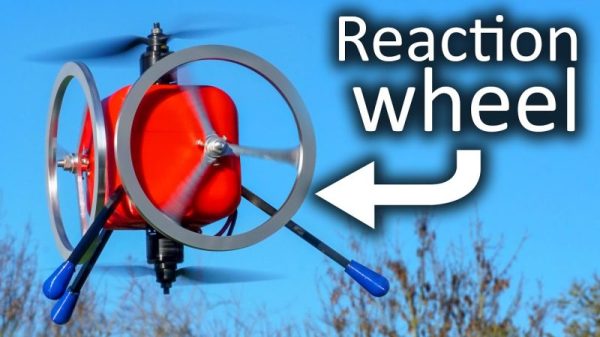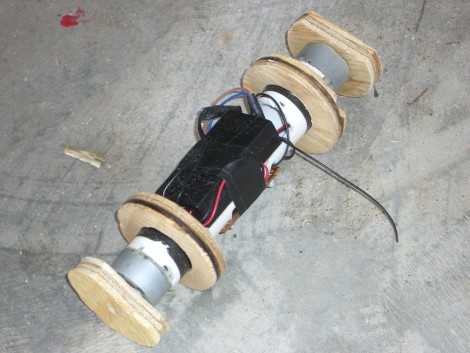Sad breaking news late this Sunday afternoon of the passing of nerd icon Tom Lehrer at 97. Coming up through the culture, knowing at least a few of Tom’s ditties, preferably “The Elements” or “Poisoning Pigeons in the Park,” was as essential to proving one’s bona fides as committing most Monty Python bits to memory. Tom had a way with words that belied his background as a mathematician, spicing his sarcastic lyrics with unusual rhymes and topical references that captured the turbulence of the late 50s and early 60s, which is when he wrote most of his well-known stuff. First Ozzy, then Chuck Mangione, now Tom Lehrer — it’s been a rough week for musicians.
Here we go again. It looks like hams have another spectrum grab on their hands, but this time it’s the popular 70-cm band that’s in the crosshairs. Starlink wannabe AST SpaceMobile, which seeks to build a constellation of 248 ridiculously large communication satellites to offer direct-to-device service across the globe, seeks a substantial chunk of the 70-cm band, from 430 to 440 MHz, to control the satellites. This is smack in the middle of the 70-cm amateur radio band allocation here in the US, but covers the entire band for unlucky hams in Europe and the UK. The band is frequently used for repeaters, which newbie hams can easily access using a cheap hand-held radio to start learning the ropes.
















